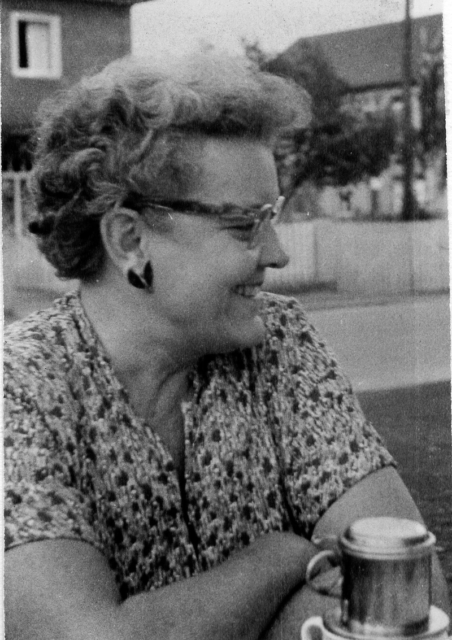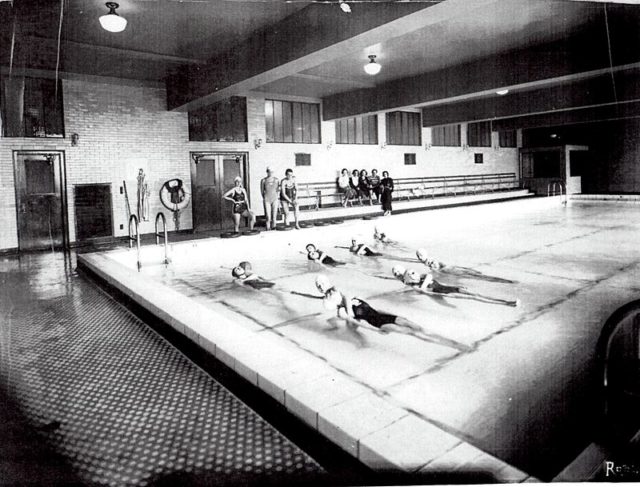There’s nothing as viscerally graceful as the sight of synchronized swimmers performing. Their mixture of strength, endurance, flexibility, artistry, and precise timing, as well as their exceptional breath control, make this type of swimming not only as a sport but also a distinctive art performance. Historically, the names of Esther Williams and Annette Kellerman were recognized for their contribution to synchronized swimming. But the mother of this exceptional sport and the person who developed its structure is Katherine “Kay” Curtis, widely credited as the originator.
During her high school years, Curtis drew public attention as an outstanding athlete who in 1912 swam across Lake Mendota, Wisconsin, battling strong headwinds to accomplish a distance of three and a half miles in three hours and 40 minutes. A local newspaper described her as a “youthful Annette Kellerman.”

Until 1917, she attended college, majoring in home economics and P.E but didn’t take a degree. The same year, she worked as a swimming instructor at the University of Chicago. During the next several years, she worked as a physical education instructor and a swimming coach at public schools and summer camps in Oklahoma, California, Chicago, Missouri, Wisconsin, and Minnesota.
She stayed the longest in the Chicago public schools, completing a 15-year career as a physical education instructor at the junior high and college levels. While on the faculty of Wright College in Chicago, she began to develop a form of water pageantry, later known as synchronized swimming. Kay experimented with various forms of “stunt swimming” but remained focused on what was more of a water ballet–a combination of a team of swimmers with music as well as standardized strokes.

Soon she organized and trained the Kay Curtis Modern Mermaids, a swimming act of 30 girls who performed at the World’s Fair in Chicago in 1933 and 1934. Two years later, she published a book on synchronized swimming, entitled Rhythmic Swimming. The publication of Kay’s book elevated the subject of the sport, making it officially recognized by the Amateur Athletic Union.

However, just as synchronized swimming gained momentum, World War Two loomed. As a recreational director in the Red Cross, Kay was determined to fight for her nation, so she embarked on the first ship to Casablanca for the start of the African Campaign, following the troops wherever the war took them. She remained in Europe for quite some time, but still kept spreading the word about synchronized swimming. She even staged a production for the Armed Forces in Caserta, Italy, in the astonishing fountains and pools of the palace built by the Kings of the Two Sicilys, used as Allied headquarters.
After the war, in the late 1950s the sport ascended to new heights. Esther Williams made her blockbuster films. Synchronized swimming was in its prime.

Kay was surprised by the popularity of the sport and later attributed it to good timing. She said: “Those of you who wondered why I ever monkeyed around with synchronized swimming in the first place will be surprised to know it was because I figured there had to be something more artistic to swimming than a [fat] man plunging head first into a pool.”
Just a year before her death in 1979, she was recognized by the International Swimming Hall of Fame. On July 6, 1980 she lost her fight with cancer – the same year the Summer Olympic Games in Moscow were boycotted, thus any possibility of synchronized swimming being accepted as an Olympic sport was postponed for the next four years. Finally, in 1984, the International Olympic Committee made synchronized swimming an Olympic sport for women.
